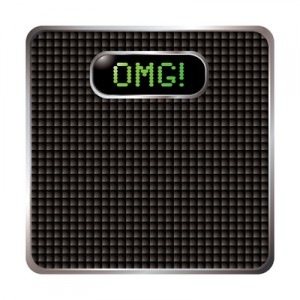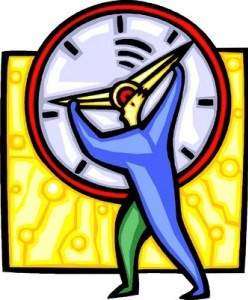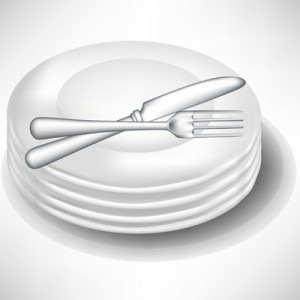It’s way too easy to forget those little clumps of calories that “jump” into your mouth and ultimately register on the scale.
These Calories Still Count . . .
- the candy bar you bought at the gas station and ate in the car
- the 3 tootsie rolls you snagged from the receptionist’s desk
- the couple of samples of cheesecake you grabbed at Costco
- the grilled cheese sandwich you finished off of your child’s plate
- the cookie batter you tasted and licked from the bowl and beaters
- the leftovers you finished because there was too small an amount to save
- the toppings you added to your ice cream or the sauce or dressing you added to your salad or sandwich
Of Course They Count . . .
Obviously, calories do count, it’s just that all too frequently we neglect to add them – remember them – or acknowledge them (that would mean having to admit that you ate that candy bar).
FYI: That’s why a food journal can help with managing your weight. By writing down everything that you eat – not at the end of the day but when you eat it – you’re forced to acknowledge all of the random food that you pop into your mouth.
The Center for Science in the Public Interest uses frozen yogurt to illustrate how mindlessly adding toppings adds a whopping amount of calories to what might be thought of as a healthy food.
“Let’s say you start with just 200 to 300 calories’ worth of frozen yogurt. (That’s a medium or regular at places like Red Mango, Pinkberry, or TCBY.)
But then the toppings call your name. Forget the chocolate chips (80 calories per scoop), the gummy bears (80), and the Oreo pieces (60). Even the ‘healthy’ toppings like granola (60 calories), nuts (100), and ‘yogurt’ chips (100) pile on the calories.” Your low(er) calorie treat ends up being a high calorie dessert.



